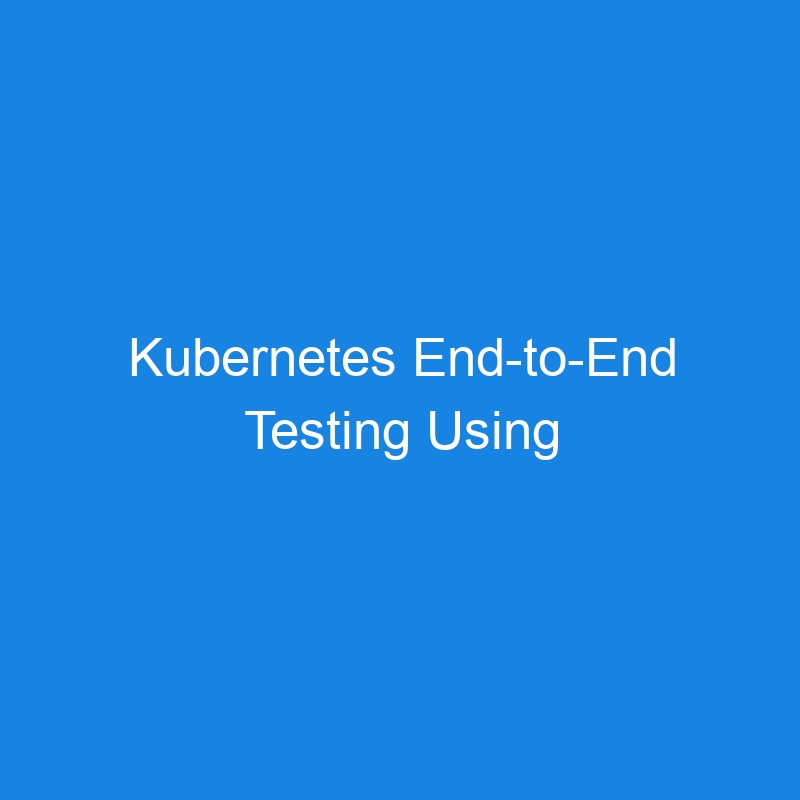
Testing Kubernetes applications often involves dealing with multiple dependencies and a complex environment. While end-to-end (E2E) testing provides a realistic way to validate application behavior, replicating production environments can be challenging. With Testcontainers, you can simplify this process by using lightweight, disposable containers to emulate a Kubernetes cluster and its dependencies.
You can use the testcontainers-python library to perform end-to-end testing for a Kubernetes application.
What Is Testcontainers?
Testcontainers is an open source library that supports running lightweight, disposable containers for testing. With the addition of Kubernetes-focused modules like testcontainers-k3s, you can spin up a Kubernetes cluster as part of your test setup.
Using Testcontainers for Kubernetes testing offers:
- Realistic testing environments: Emulate Kubernetes clusters and services within isolated containers.
- Automation: Automate the setup and teardown of dependencies like databases, message brokers or Kubernetes.
- Efficiency: Run tests in a clean, repeatable environment without manually configuring Kubernetes clusters.
- Dynamic configurations: Customize dependencies on the fly for each test scenario.
Set Up Testcontainers for Python
Prerequisites
- Python 3.8 or higher: Install the latest version.
- Docker: Ensure Docker is installed and running.
- Install Testcontainers: Use
pipto install the library.
Run an E2E Test for a Kubernetes Application
In this step-by-step example, I’ll show you how to test a Kubernetes application that interacts with a PostgreSQL database. The test will:
- Spin up a Kubernetes cluster using
testcontainers-k3s. - Deploy the application and database.
- Validate the application’s behavior through HTTP requests.
1. Create a Python Test Class
The following script sets up a Kubernetes cluster using K3sContainer from Testcontainers:
2. Create Kubernetes Manifests
Create Kubernetes manifests for the application and PostgreSQL database.
app.yaml
postgres.yaml
3. Run the Test
Execute the test using your preferred Python test runner, such as Pytest:
pytest test_kubernetes_app.py
This test will:
- Start PostgreSQL in a Testcontainers instance.
- Spin up a lightweight Kubernetes cluster.
- Deploy the application and database.
- Verify the application is reachable and functioning as expected.
Best Practices for Kubernetes E2E Testing
- Resource management: Ensure your system has enough resources to run containers and the Kubernetes cluster.
- Namespace isolation: Use separate namespaces for each test to avoid conflicts.
- Mock external APIs: Mock dependencies that are not directly under test for reliability.
- Parallelization: Optimize test execution by running independent test cases in parallel.
Conclusion
Due to its distributed nature, end-to-end testing in Kubernetes can be intimidating; however, Testcontainers makes the process easier. By combining the testcontainers-k3s module with Python, you can create isolated, reproducible and production-like environments for thorough testing. This ensures your application behaves as expected in Kubernetes before it goes live.
Adopting this approach lets you catch critical issues earlier in the pipeline and deliver more robust software. Why not give Testcontainers a try and enhance your Kubernetes testing strategy?
The post Kubernetes End-to-End Testing Using Testcontainers and Python appeared first on The New Stack.
